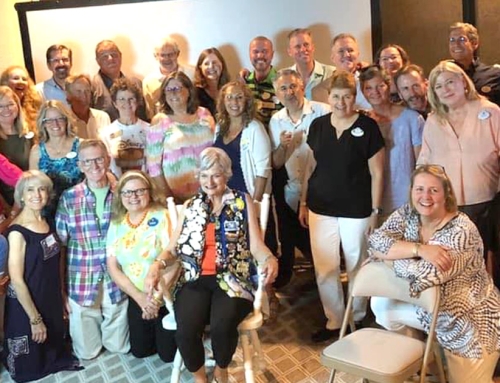 After working in healthcare for the past two decades, I see a big disconnect in patient-centered organizations—sometimes, the employee mindset is: If you’re not my patient, then you’re not my customer.
After working in healthcare for the past two decades, I see a big disconnect in patient-centered organizations—sometimes, the employee mindset is: If you’re not my patient, then you’re not my customer.
A classic example is the hospital phone operator. If an employee dials “0” and gets the operator internally, you hear someone abruptly say, “Operator!” Yet, if you dial that same operator from a patient room or from an outside line you hear a delightful voice saying, “Good morning, thank you for calling General Hospital, this is Jodi, how may I help you?”
Why do some operators treat those who are calling from the outside phone lines or patient rooms infinitely better than they treat their fellow care team members? Because in the minds of the operators, patient-first means I’m here for patients, and everyone else is a bother. They didn’t subscribe to the philosophy, “treat fellow employees exactly how you’d like them to treat patients.”
At the Walt Disney World Resort, market research revealed four expectations Guests want from every Disney Cast Member, every time:
1. Make me feel special.
2. Treat me as an individual.
3. Treat me and my children with respect.
4. Have knowledgeable employees.
When Disney leaders shared these new guest expectations with Disney Cast Members, they said, if you want us to deliver that experience always, then what we Cast Members need from our leaders is the exact same four things.
After that, Disney leaders worked with their fellow cast members to figure out how to make them feel special and treat them as an individual. One idea was to ask every new and existing cast member in your department to fill out a personal inventory sheet or “favorites” questionnaire. This questionnaire was totally voluntary, and it asked questions like:
What name shall we call you – first name, nickname or other? (special/ individual)
What city and state are you from (or country)?
How do you like to be recognized (publicly or privately)?
Favorite snack food, soda, candy?
What do you like to do on your day off?
After leaders received back this information, they were enabled to treat cast members as individuals. It enabled leaders to personalize feedback, call them by the name they liked best and slip the perfect candy bar or movie tickets (best day off activity) into a thank you note. Most importantly, it modeled to the cast members exactly what they should do with visiting guests.
You may have seen an About Me Poster in a healthcare setting. Imagine your grandfather can’t speak, but you want the healthcare workers who care for him to know how special he is to you. These pre-made dry erase posters can be placed near the patient’s bed to let employees know: the name he likes to be called, the people that are important to him, what he does or did for a living, his favorite form of music, the names of his pets, his favorite food, sports team, TV program, etc.
Imagine, an environmental services employee comes into your grandfather’s (“RJ”) room at 7:00 pm after having two days off and having never met your grandfather. Can she make him feel special and treat him with respect in less than 30 seconds? She can if she uses the “about me” poster!
Prior to smart phones and the internet information explosion, Disney rolled a number of information mechanisms that armed cast members with information that their guests needed, including:
Vital Information Boards – Information scrolling across digital display boards at all main cast member entrances displaying vital information for that day (operating hours, closures, weather, etc.)
Dial extension 4500 – Any time you need to know anything, a team of experts is there for you to help your guest.
Tips Sheet – A small folded piece of paper carried by cast members in case any guest asks a question about any other theme park on activity on property. The tips sheet includes key phone numbers and information on the top 20 questions asked each day.
Healthcare leaders often forget their job is not to take care of the patient. Their job is to take care of those who take care of the patient.






Leave A Comment